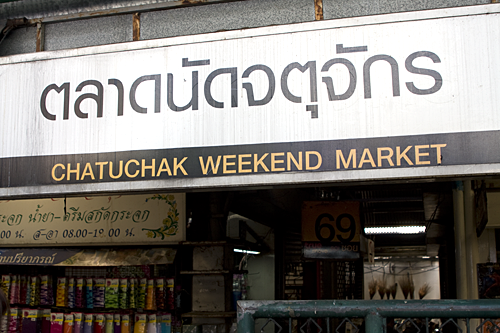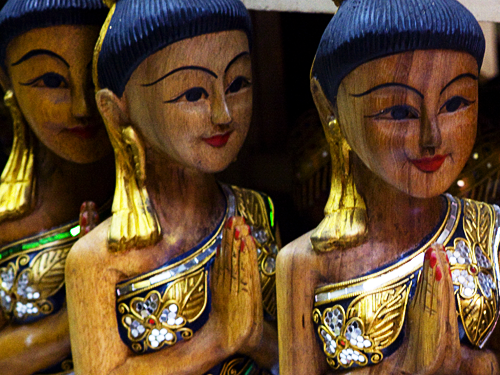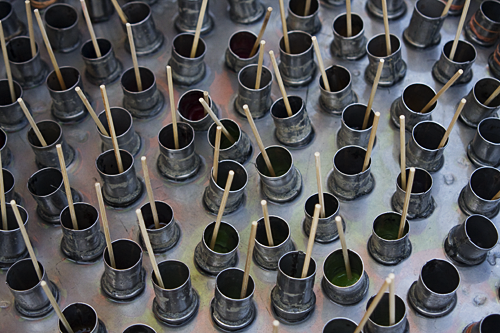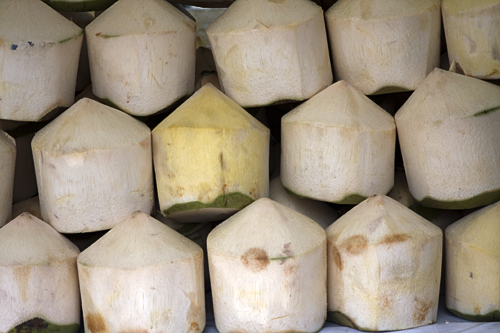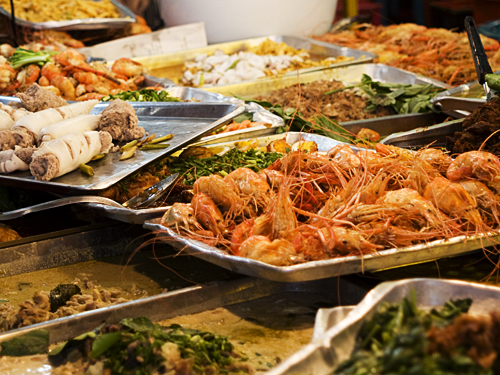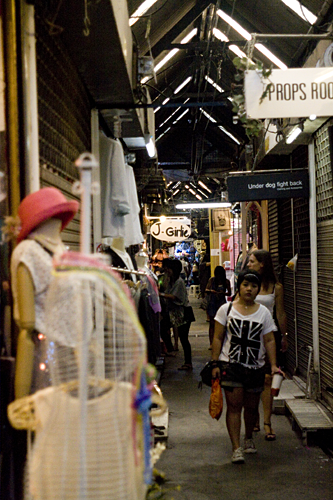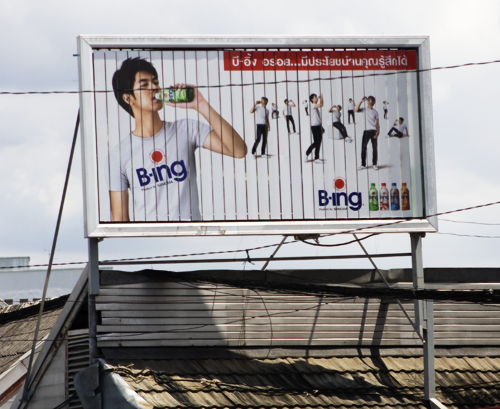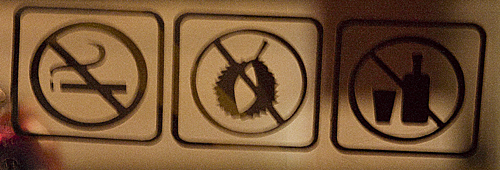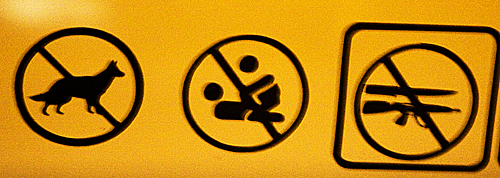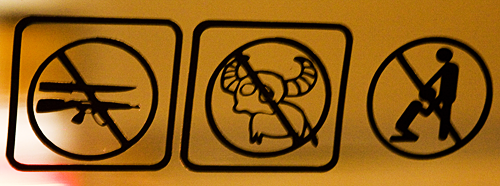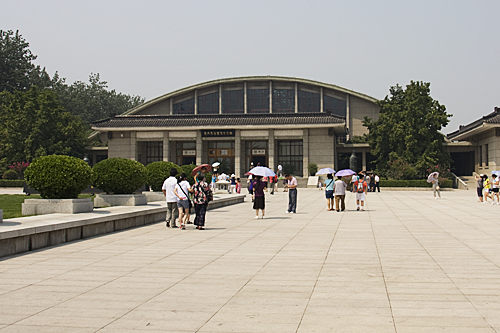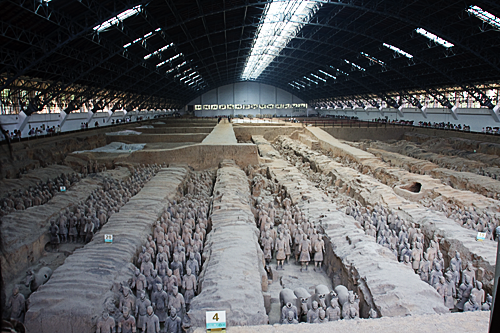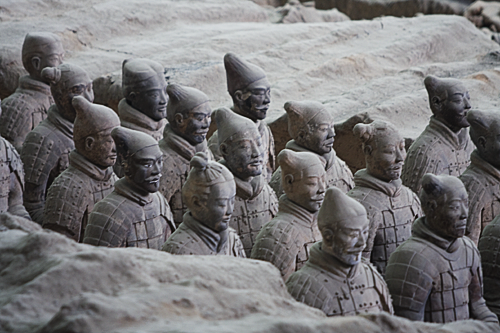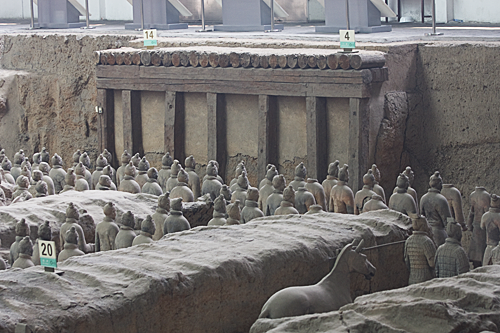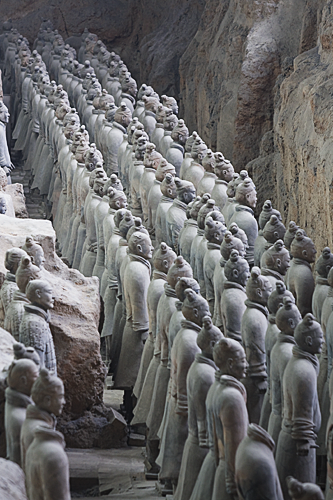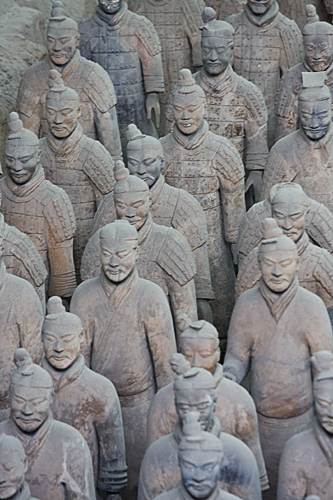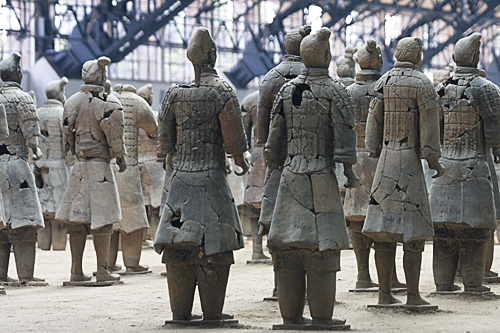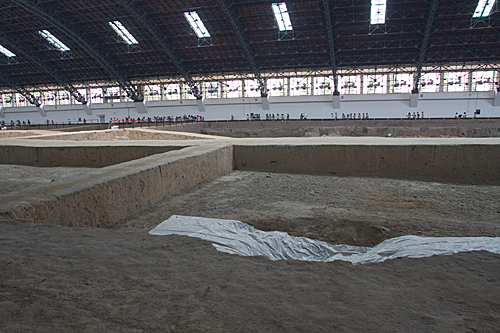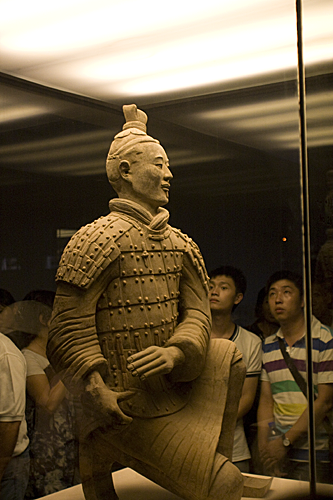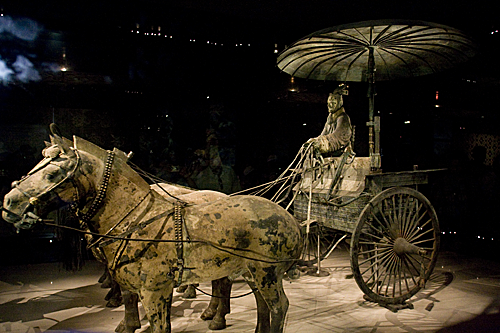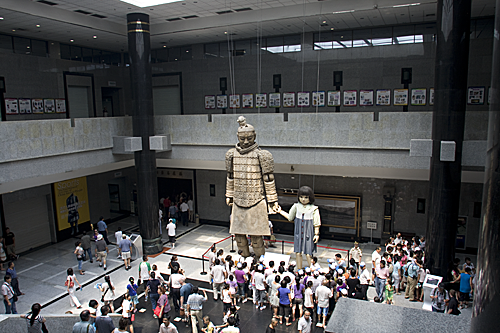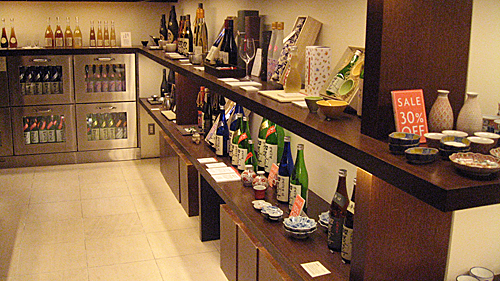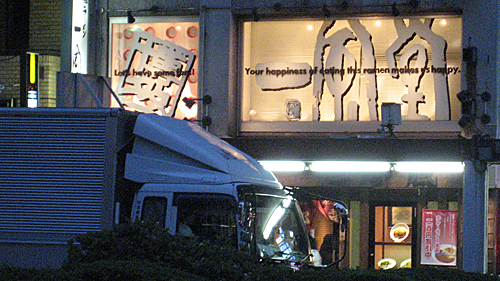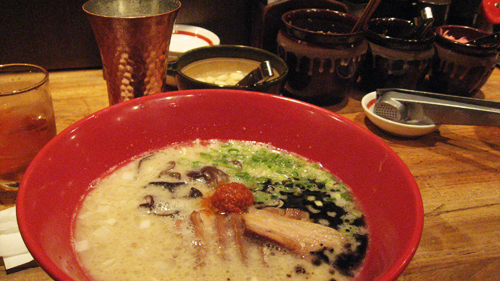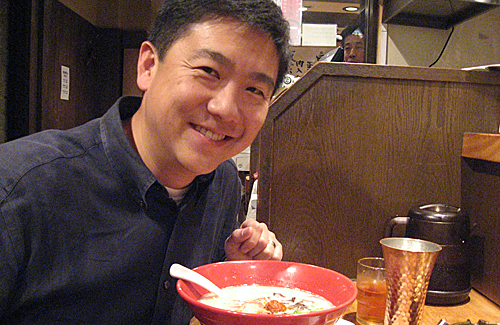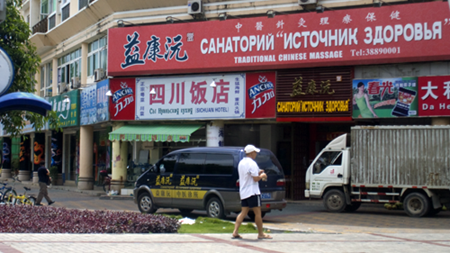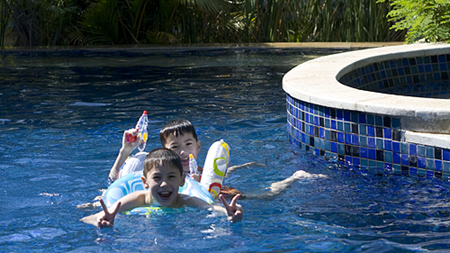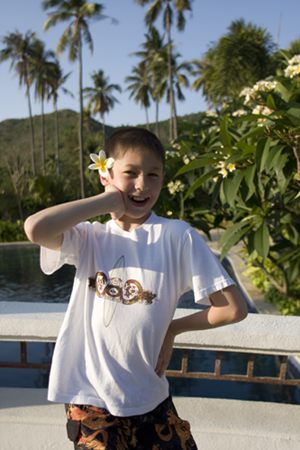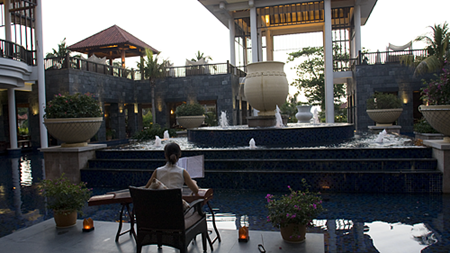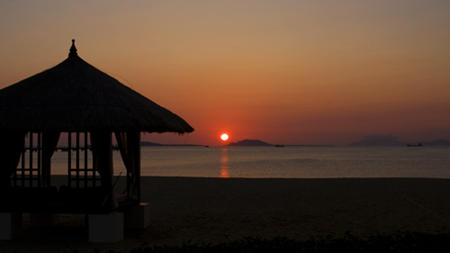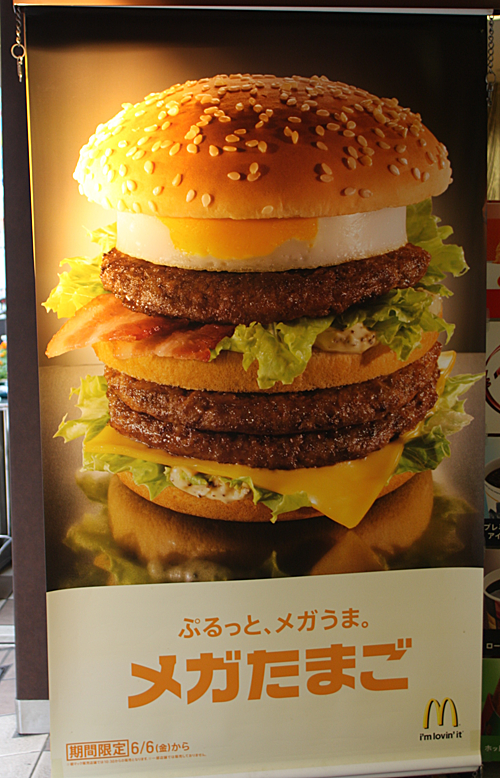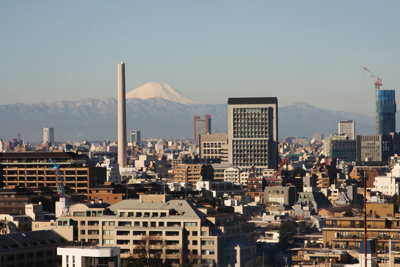While we were in Hua Hin, Thailand, we went elephant riding with our friends Kellie and Barbi. After all, we figured it was definitely a unique travel experience. So, with the help of the hotel concierge, we went to the Hutsadin Elephant Hospital for our adventure.
When we first started out, Michael (9) wasn't so sure about the whole thing. He was clinging to Michelle pretty tightly. 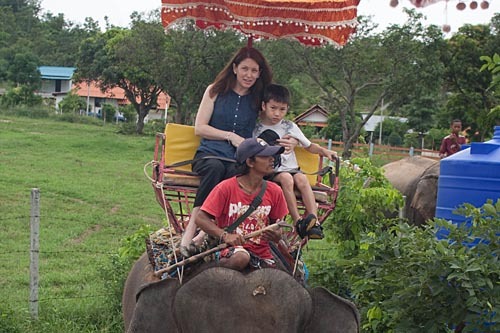
Andrew (12), by contrast, was much more comfortable with the whole thing and even rode bareback in the driver's seat. I think he looks like Mowgli from The Jungle Book here. (For the record, I also did the "sit bareback on the elephant" thing.) 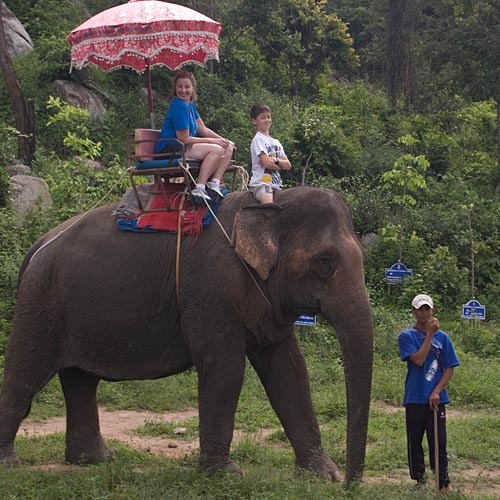
Our drivers (mahouts) took us for a thirty minute loop around their property, which included some hilly terrain and nice views of the beach. 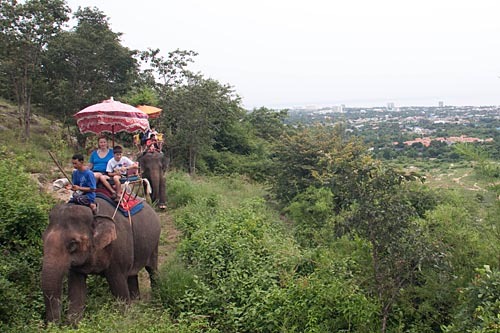
Our tour took us past the mahouts' homes. 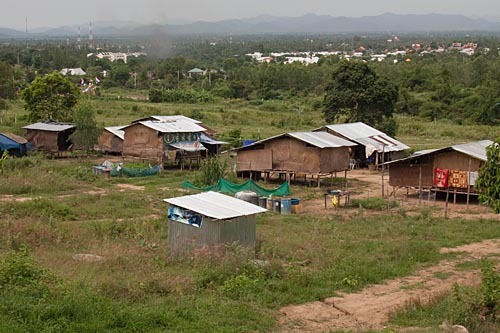
Michael warmed up to the whole elephant thing and by the end was "chillaxing" (his words). 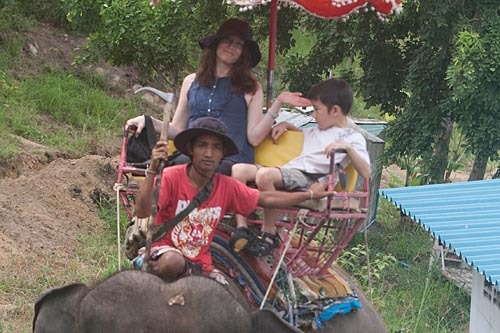
After the ride, the boys gave the elephants a treat (for a small fee, of course). 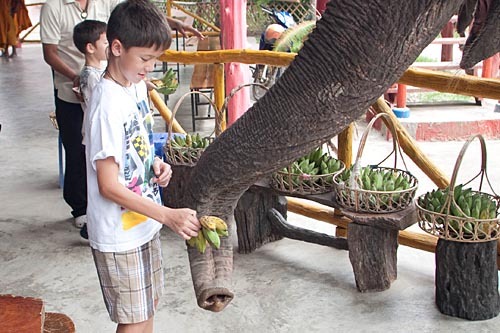
The elephants returned the favor with a little hat trick. 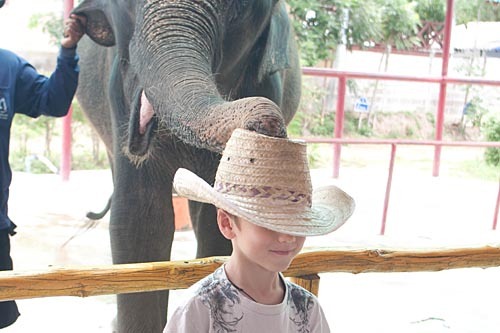
The whole experience was actually pretty cool, even if it was a bit manufactured. The elephants are really big; this seems obvious, but it's different when you're sitting on top. (It was definitely a great reminder than being on top doesn't mean you're in charge.) Their gait has a weird lurching, rolling feel, but they seem very sure footed even going down or side-hill. It was also pretty amazing to see how dexterous they were with their trunks. They were able to even find little bits of pineapple on the floor or accept a one hundred baht note...
The experience was a bit commercial with a push to buy elephant tooth jewelry while you're on the elephant (the boys each now have a necklace...), a photo (which wasn't bad actually), and fruit to feed the elephants (which was fun). The money is ostensibly used to take care of these elephants who they're rescuing from bad situations. It was a lot of fun in any case and ultimately not a lot of money, so we were very happy with the whole thing overall. It was definitely a highlight of the trip and one we're still talking about.
